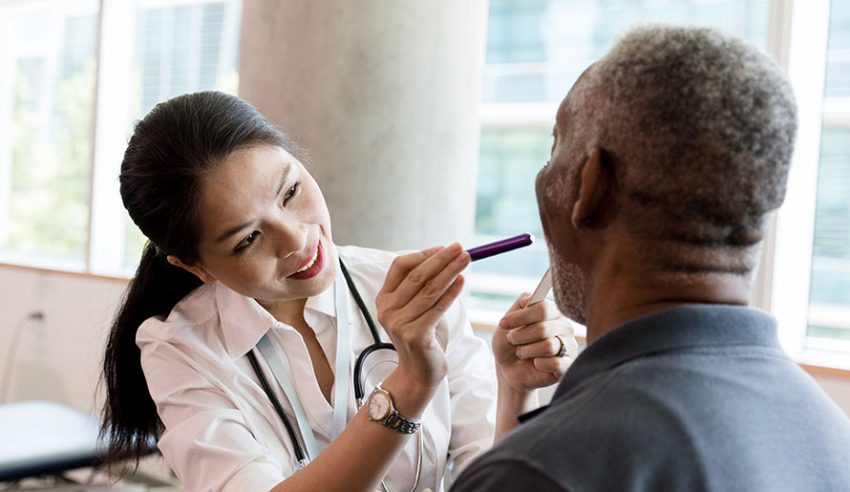Oral cancer screening is performed by examining the mouth and oral cavity for signs and symptoms of oral cancer or precancerous conditions. It is performed by oral cancer screening Tampa professionals during a routine dental check-up or as a specific examination if risk factors or symptoms warrant it.
Process of oral cancer screening
Here are some key aspects of oral cancer screening:
- Visual examination. The first step in oral cancer screening is a visual inspection:
- mouth
- lips
- gums
- tongue
- cheeks
- back of the throat
The dentist or healthcare provider looks for any abnormalities, such as:
- white or red patches
- sores that do not heal
- Lumps
- unusual growths
- Physical examination. In addition to the visual inspection, the provider may use gloved hands to feel for lumps or abnormalities in the mouth and neck. They examine the following:
- salivary glands
- lymph nodes
These are done to check possible signs of swelling or tenderness.
- Risk assessment. The healthcare provider will ask questions about your:
- medical history
- lifestyle
- risk factors
- Advanced screening techniques. In some cases, the dentist or healthcare professional uses special tools or techniques to help in oral cancer screening. These may include the use of a handheld device that emits a special light to highlight abnormal tissue (fluorescence staining) or the use of toluidine blue dye to identify precancerous or cancerous lesions.
- Biopsy. If suspicious lesions or abnormalities are detected during the initial screening, a biopsy is recommended. A small sample of tissue during the biopsy is taken from the affected area, for laboratory analysis to confirm the presence of cancer cells.
Oral cancer can be treated when detected early. Regular dental check-ups and oral cancer screenings are crucial for early detection and timely intervention. If you notice any persistent oral symptoms, such as:
- mouth sores
- lumps
- pain
- changes in the appearance of oral tissue
Once all these are present, it is vital to seek medical attention promptly.
Preventing oral cancer is also important, and achieved by maintaining a healthy lifestyle, which includes:
- Quitting smoking or using tobacco products
- Limiting alcohol consumption
- Practicing safe lovemaking to reduce the risk of HPV infection
Additionally, a diet rich in fruits and vegetables and good oral hygiene reduces the risk of oral cancer.
Is oral cancer screening painful?
Oral cancer screening itself is not painful. During the examination, the dentist will look for abnormalities or signs of oral cancer. The physical examination may include gently palpating (pressing) to check for unusual lumps or swelling. While this examination may cause mild discomfort or pressure, it is not usually painful.
Still, it is a necessary procedure to diagnose oral cancer accurately.

